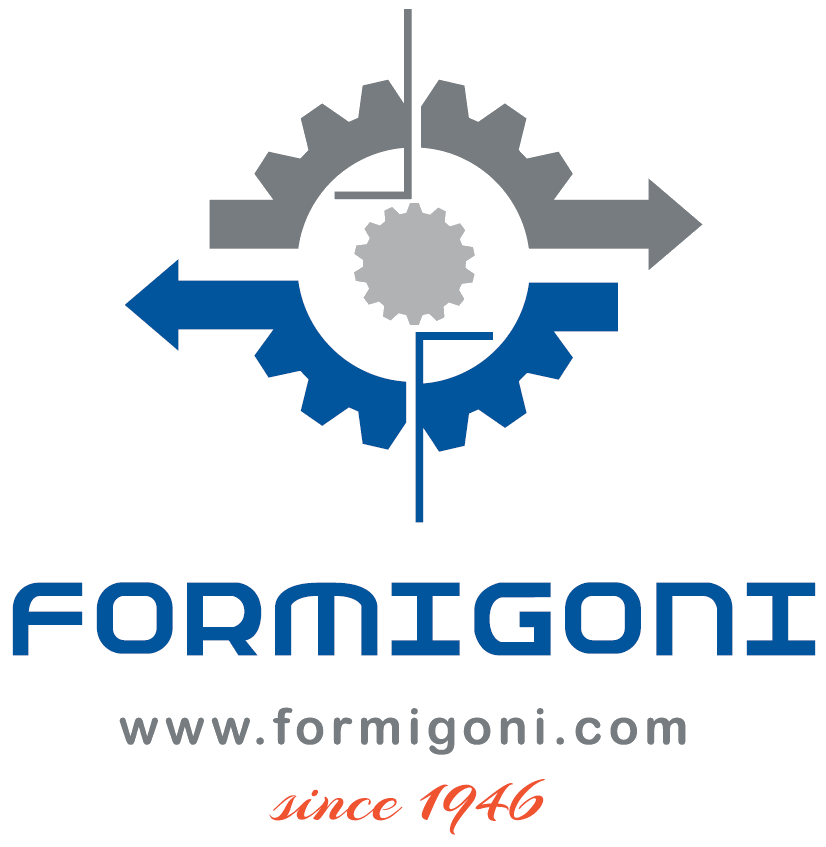
DEC.DTO™
direct thermal oxidizers
DEC.DTO™ (Direct-fired Thermal Oxidizers) refers to the simplest configuration of a thermal oxidizer system (XTO™): in a DTO the pollutants are exposed to a high-temperature flame to achieve oxidation and convert them into less harmful byproducts.

The basic components of a direct flame oxidizer include:
During operation, the contaminated air stream is introduced into the direct flame oxidizer through an inlet duct. The air stream passes through the combustion chamber, where it comes into direct contact with the high-temperature flame. The VOCs and other pollutants undergo combustion and oxidation reactions, converting them into carbon dioxide (CO2) and water vapor, along with other combustion byproducts.
The intense heat generated by the direct flame breaks down complex organic molecules and ensures a high destruction efficiency, minimizing the release of harmful pollutants into the atmosphere. The combustion gases, along with any residual heat, are then discharged through an outlet stack or exhaust system, where they may undergo further treatment or monitoring before being released into the environment.

DEC.DTO™ • oxidation reaction
The oxidation reaction is:
VOCs (CxHyOz) + O2 + thermal energy = CO2 + H2O + (HEAT)
The heat is usually recovered to pre-heat the SLA stream, in order to save on "thermal energy" (provided through gas CH4 - methane); if producing extra heat through oxidation of solvents, an energy recovery system shall be foreseen (typical applications are ranging from heating up air for dryers, steam production, heat tranfer fluid heating, water heating - industrial or sanitary, etc.).
DEC.DTO™ • usage
Direct flame oxidizers are typically used in applications where the concentration of pollutants is relatively high or when certain pollutants require higher temperatures for complete oxidation.
thermal oxidation | incinerators • GHG and by-products
An oxidizer is handling the transformation of the pollutant(s) into different products, with a reduced environmental impact. However, it is important to consider the resulting GHG emissions, when selecting a VOC oxidizer; the amount of GHGs generated by a thermal oxidizer depends on the type of VOCs being treated, its quantity, the needed quantity of fuel to be added for sustianing the oxidation reaction and the selected oxidizer process configuration.
VOCs (CxHyOz) + O2 + thermal energy = CO2 + H2O + (HEAT)
Any oxidizer will have to deal with all or most of the following issues:
These emissions contribute to climate change and should be taken into account when assessing the overall environmental impact of the system.
As mentioned earlier, oxidizers typically require a significant amount of energy to operate: if this energy comes from non-renewable or carbon-intensive sources, it will dramatically contribute to environmental degradation and offset any of the potential benefits of VOC emission reduction.
thermal oxidation | incinerators • greenwashing
Greenwashing will occur when a company promotes an oxidizer as an environmentally friendly or sustainable technology for VOC emissions control, while neglecting to address other significant negative aspects of its environmental impact, such as greenhouse gas (GHG) emissions and harmful by-products.
Greenwashing can happen when a company portrays an oxidizer as a comprehensive and eco-friendly solution to VOC emissions, creating the perception that it is a sustainable option without considering the complete environmental picture. While oxidizers can help reduce VOC emissions, they can have negative consequences that should not be overlooked.
To avoid greenwashing, companies shall provide transparent and comprehensive information about the environmental impact of their VOC emission control systems: this includes addressing greenhouse gas (GHG) emissions, harmful by-products, and the energy efficiency of the system. By doing so, companies can ensure that consumers have an accurate understanding of the technology's environmental implications and make informed decisions.

